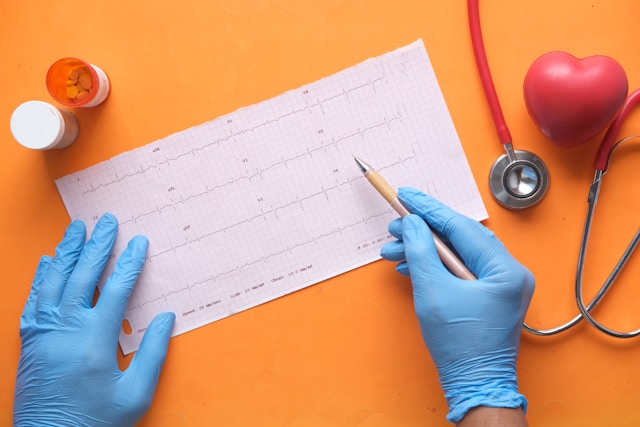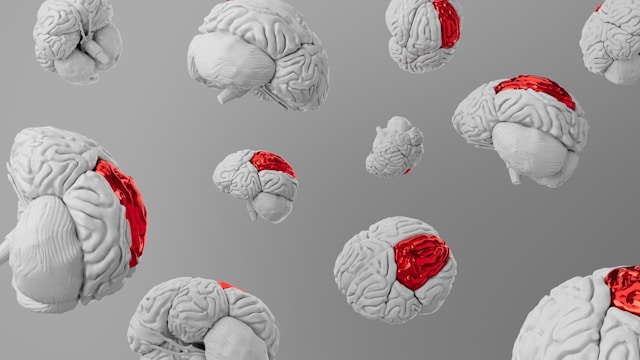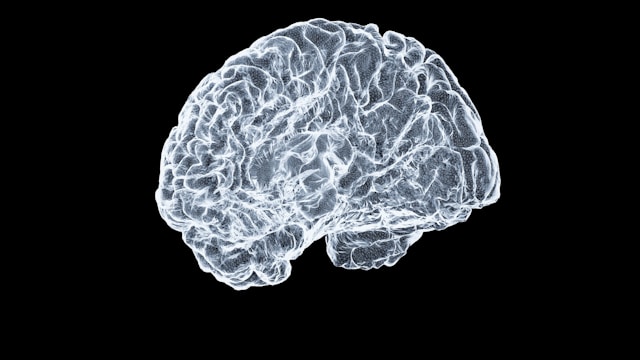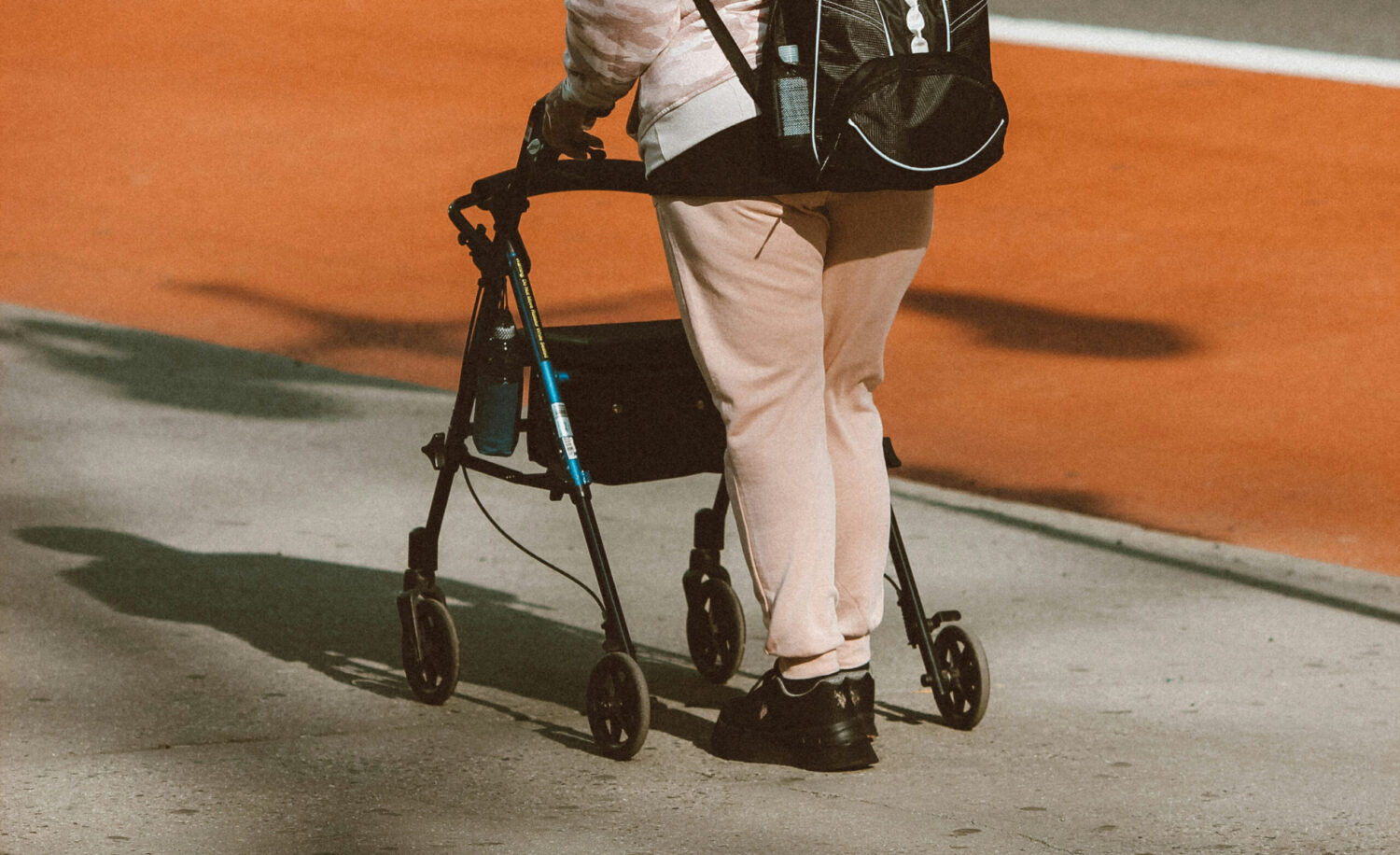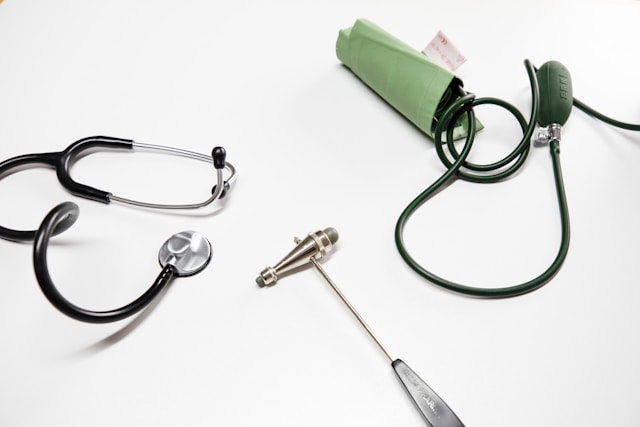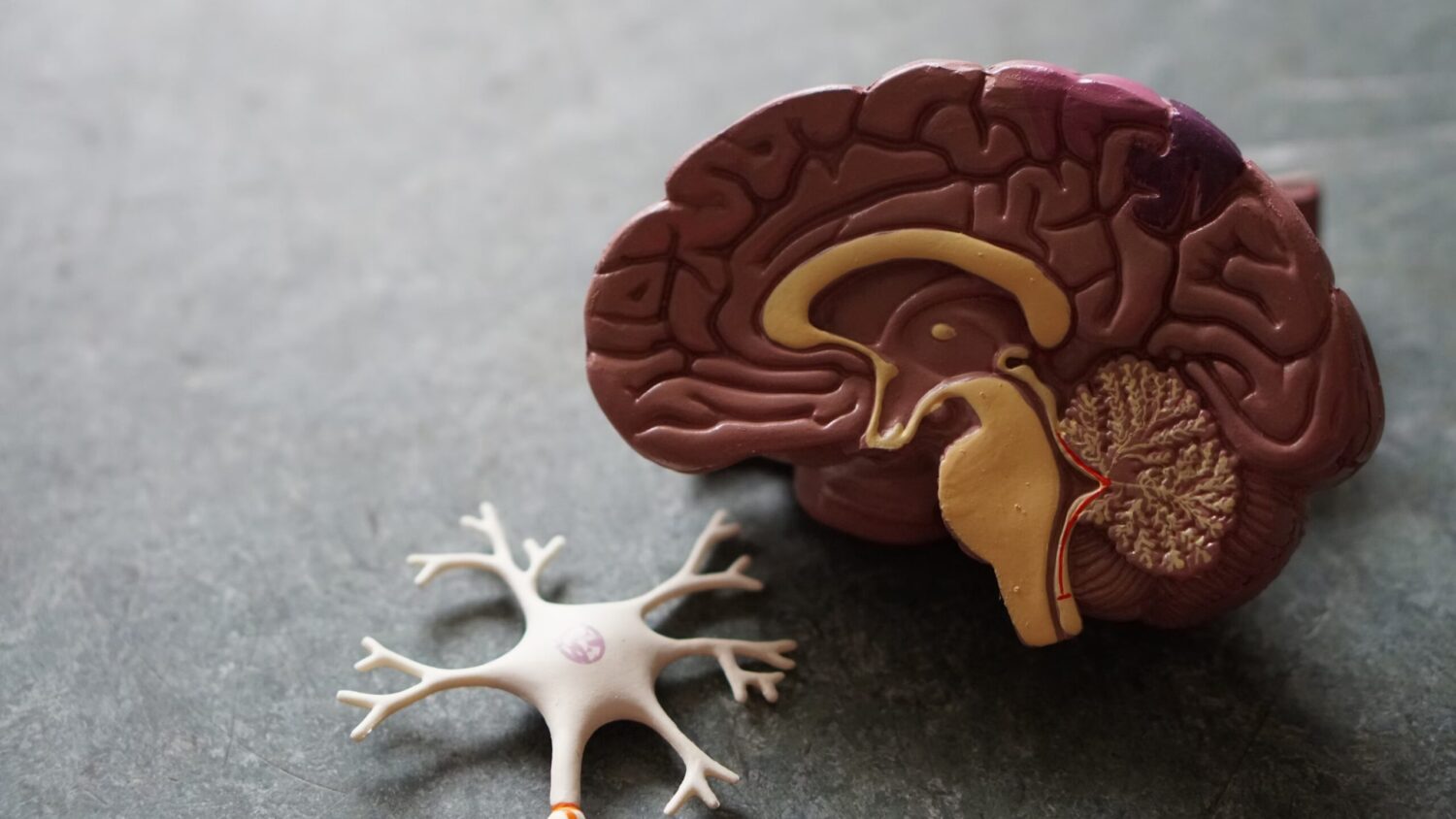Authors:
M.L. Chukhlovina 1 , A.A. Chukhlovin 2
1 FSBEI "National Medical Research Center named after V.A. Almazova "of the Ministry of Health of Russia, St. Petersburg, Russia;
2 Russian Research Neurosurgical Institute. Prof. A.L. Polenova - branch of FSBEI "National Medical Research Center named after V.A. Almazova "of the Ministry of Health of Russia, St. Petersburg, Russia
Place of publication:
a journal of neurology and psychiatry named after S.S. Korsakova 2021, T. 121, No. 9
Summary:
The review is devoted to the analysis of the characteristics of pathogenesis, diagnosis and therapy of traumatic brain injury (CHMT) from the point of view of a neurologist. The mechanisms of development of damage to the central nervous system, including neuro -sparks and oxidative stress, are considered, in persons carrying the ChMT, the connection of clinical manifestations with the severity of the injury. Particular attention is paid to the description of such consequences of the TSMT as structural pharmacoresistant epilepsy and post -traumatic stress disorder. The data is given that rehabilitation measures at the victims of the Civil Code are difficult and less accessible in the conditions of the Covid-19 pandemic. The need to include antioxidant/antihypoxant Mexidol in the complex CMT therapy was noted. In the conditions of the Covid-19, the role of a neurologist increases in the provision of assistance to victims with the CCT, especially at the outpatient stage, during therapy, and medical rehabilitation. Key words: traumatic brain injury, oxidative stress, structural pharmacoresistant epilepsy, post-traumatic stress disorder, infection SARS-COV-2, Mexidol.
